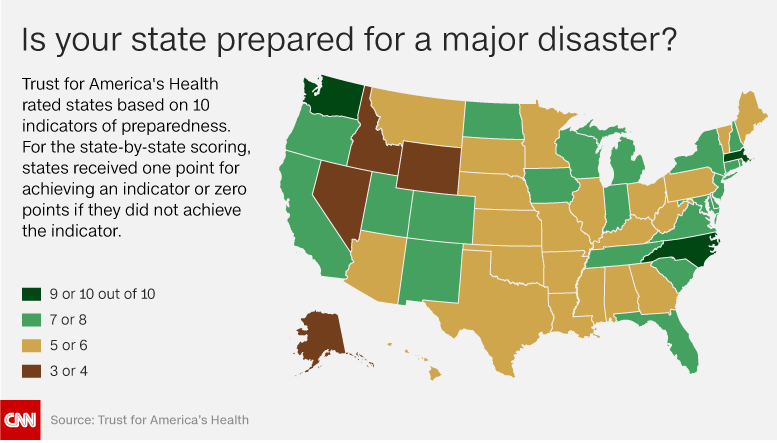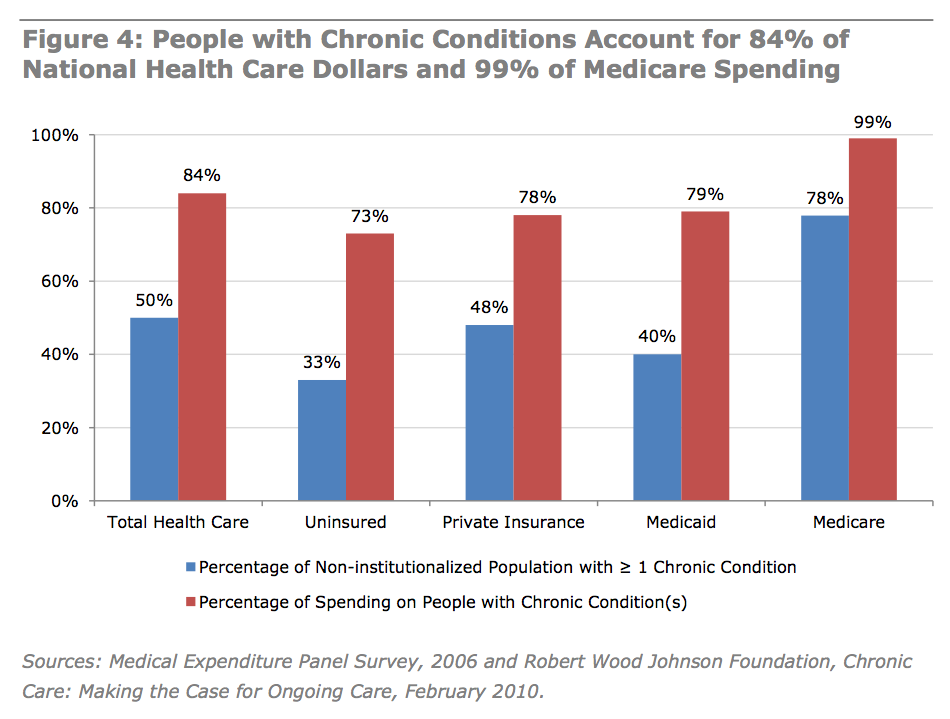Recent studies on mortality rates, conducted by the National Center for Health Statistics, reported a slight decrease in American life expectancy. The most recent decline before this was during the peak of H.I.V.-related deaths; yet this time, researchers have reported that a host of factors–including heart disease and other degenerative disorders–are the culprits.
Experts in health policy state that a 0.1 decrease is alarming, as life expectancy is generally consistent and predictable in its gradual increase. The culmination of problems that spurred the decline included a 15.7 percent increase in deaths from Alzheimer’s, and the inherent mortality rates that accompany increased rates of obesity.
At A4M, our overarching mission is to treat, diagnose, and ultimately prevent diseases associated with aging, in addition to providing educational awareness regarding wellness, nutrition, and the ways in which to remain healthy. Join us in our effort to achieve these goals, and solidify your commitment to making a difference in medicine.


